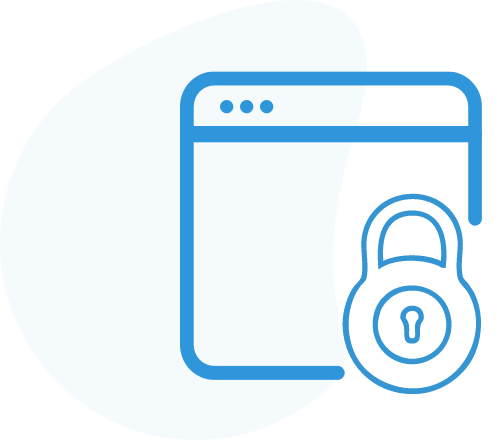WordPress Malware Removal St. Augustine, FL
Experts in WordPress Malware Removal, over 10 years experience.We can clean your site of malware in a jiffy and get you back to business!
We have services for St. Augustine based website owners offering WordPress Malware Removal to individuals, small businesses, medium size businesses, and large corporations. Our team of experienced WordPress developers can identify your malware problem, clean it up usually within 24-48 hours. Moving forward we recommend our very affordable monthly maintenance plan to keep your WordPress installation, plugins and themes all up to date on a monthly basis. We believe that the most important part of creating a secure online presence in St. Augustine Florida is making sure your website has the highest levels of security, with maintaining your WordPress core and plugin updates.
We provide comprehensive WordPress maintenance solutions, to help ensure your WordPress website always up to date. Our St. Augustine team members have expertise in web hosting, malware protection, vulnerability scanning and malware removal.

Industry standard WordPress hardening and our special security features as a bonus.
Setup an automated backup system for a fail safe version of your WordPress installation.
Monthly WordPress core and Plugin updates, with human inspection afterwards.
Up time monitoring that notifies our team to detect any server issues.
WordPress Malware Removal Services in St. Augustine Florida
Our St. Augustine, Florida malware services cover all kinds of malware or WordPress hacked websites. Everything from black hat SEO, javascript redirects, htaccess redirects and backdoor server access. Depending on the type of hack and how elaborate (in most cases it is not actually that elaborate but takes time to clean) it is will depend on the price and time it takes to clean up. Having a backed up system in place will help speed up the process.
With our St. Augustine, Florida team, the time it takes will depend on the extent of the hack or malware. In most cases the hack is just some javascript in a few files and can be fixed within 24 hours. In more elaborate cases it can take up to 48 to 78 hours to fully clean and restore a WordPress installation that has been hacked.
Once we clean up a WordPress hacked website we will monitor for the next 48 hours to ensure everything was cleaned 100% and nothing is regenerating itself.
The internet is a vulnerable and insecure place, there is never a guarantee that your website won't be compromised at some point in time. Even big companies that have very intelligent cyber security professionals get compromised from time to time. Our maintenance service is for mitigating risk by keeping your site up to date with “known” patches. As well as implementing best security practices to minimize your risk. With our monthly maintenance plan if in the rare case your site does get infected with malware we will remove it for free! (with the stipulation that you are following our recommended strong password policy)
Here at WPSecure we do not rely on any plugins for malware detection or removal. From our experience most malware scanners aren't very accurate giving false positives or just being completely bypassed by sophisticated malware. Our malware removal process is a combination of manual inspection for malware as well as our own automated code for detecting anything suspicious. We also rely on server aided malware scanners that are typically installed by default on most servers. There are better methods for malware detection that do not include free or paid WordPress malware scanning plugins. If fact most of these plugins fail short.
St. Augustine ( AW-gə-steen; Spanish: San Agustín [san aɣusˈtin]) is a city in and the county seat of St. Johns County located 40 miles (64 km) south of downtown Jacksonville. The city is on the Atlantic coast of northeastern Florida. Founded in 1565 by Spanish explorers, it is the oldest continuously inhabited European-established settlement in what is now the contiguous United States. St. Augustine was founded on September 8, 1565, by Spanish admiral Pedro Menéndez de Avilés, Florida's first governor. He named the settlement San Agustín, for his ships bearing settlers, troops, and supplies from Spain had first sighted land in Florida eleven days earlier on August 28, the feast day of St. Augustine. The city served as the capital of Spanish Florida for over 200 years. It was designated as the capital of British East Florida when the colony was established in 1763; Great Britain returned Florida to Spain in 1783. Spain ceded Florida to the United States in 1819, and St. Augustine was designated the capital of the Florida Territory upon ratification of the Adams–Onís Treaty in 1821. The Florida National Guard made the city its headquarters that same year. The territorial government moved and made Tallahassee the capital of Florida in 1824. St. Augustine is part of Florida's First Coast region and the Jacksonville metropolitan area. Since the late 19th century, St. Augustine's distinctive historical character has made the city a tourist attraction. Castillo de San Marcos, the city's 17th-century Spanish fort—constructed out of the sedimentary rock coquina—continues to attract tourists.